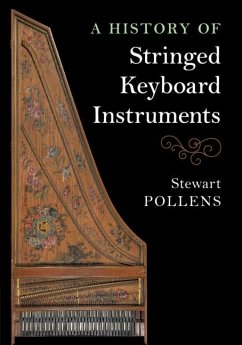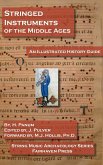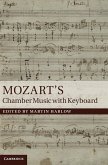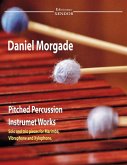"This chapter deals with the earliest references to keyboard instruments in the writings of Martin Agricola, Henri Arnaut of Zwolle, Juan Bermudo, Ercole Bottrigari, Antonio de Cabezon, Eberhardus Cersne, Paulus Paulirinus, Hermann Poll, Michael Praetorius, Sesto Tantini, Sebastian Virdung, and others. Described is the earliest depiction of a keyboard instrument appearing in an altarpiece carving in the cathedral of Minden, Germany, as well as the earliest extant keyboard instrument, a clavicytherium made around 1480, now in the Royal College of Music, London. This chapter deals with the origin of such terms as the chekker, clavichordium, clavicembalo, clavicimbalo, clavicymbalum, claviciterium, clavicytherium, clavisimbalum, dulce melos, epinette, manichordium, monochordion, and monocordo. Also considered are the keyboard ranges of early keyboard instruments and the earliest music written for keyboard instruments, such as the Mulliner Book, Robertsbridge fragment and Faenza Codex"--
Hinweis: Dieser Artikel kann nur an eine deutsche Lieferadresse ausgeliefert werden.
Hinweis: Dieser Artikel kann nur an eine deutsche Lieferadresse ausgeliefert werden.








